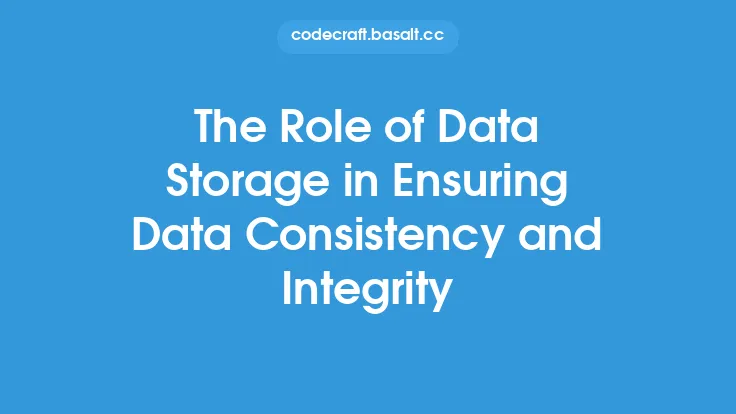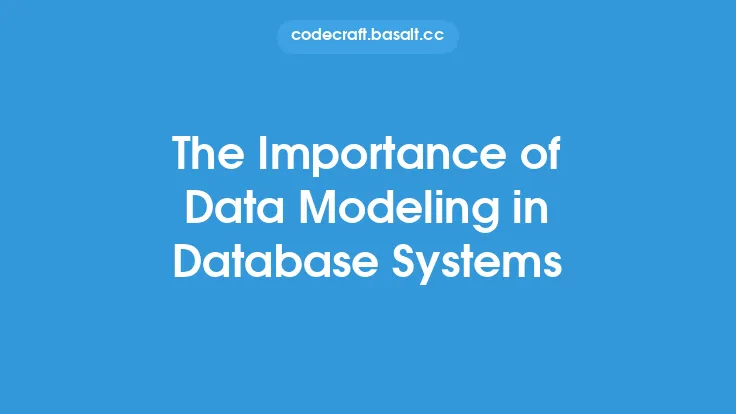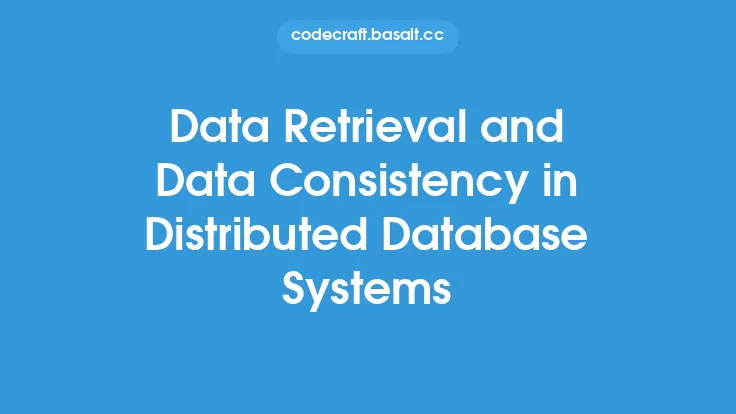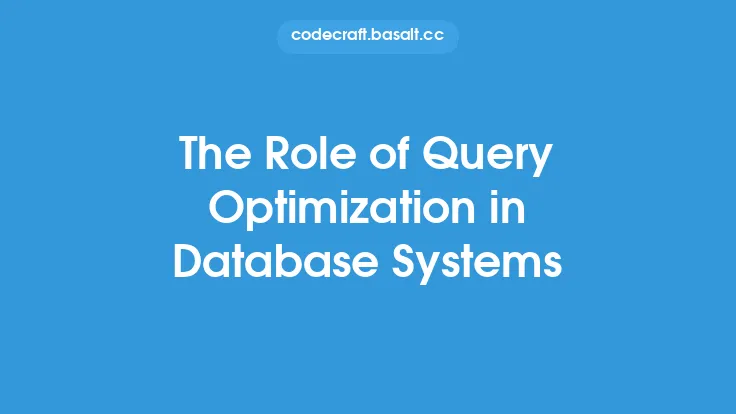Data normalization is a crucial process in database systems that ensures data consistency and accuracy across distributed databases. In a distributed database system, data is stored in multiple locations, and normalization helps to maintain data integrity by minimizing data redundancy and dependency. Normalization involves organizing data into tables and defining relationships between them to ensure that each piece of data is stored in one place and one place only. This helps to eliminate data inconsistencies and anomalies, making it easier to maintain and update the data.
Introduction to Distributed Database Systems
Distributed database systems are designed to store and manage large amounts of data across multiple locations. These systems are typically used in large-scale applications where data is generated and accessed from multiple sources. Distributed databases provide several benefits, including improved performance, scalability, and fault tolerance. However, they also introduce new challenges, such as data inconsistency and redundancy, which can be addressed through data normalization.
The Need for Data Normalization in Distributed Database Systems
Data normalization is essential in distributed database systems because it helps to ensure that data is consistent and accurate across all locations. Without normalization, data can become redundant, and inconsistencies can arise, leading to errors and inaccuracies. Normalization helps to eliminate data redundancy by ensuring that each piece of data is stored in one place and one place only. This makes it easier to maintain and update the data, reducing the risk of errors and inconsistencies.
Types of Data Normalization
There are several types of data normalization, including entity normalization, referential normalization, and semantic normalization. Entity normalization involves organizing data into tables based on entities, such as customers or orders. Referential normalization involves defining relationships between tables to ensure data consistency. Semantic normalization involves defining the meaning of data to ensure that it is consistent and accurate.
Normalization Techniques
Several normalization techniques are used to ensure data consistency in distributed database systems. These techniques include first normal form (1NF), second normal form (2NF), and third normal form (3NF). First normal form involves eliminating repeating groups and arrays, while second normal form involves eliminating partial dependencies. Third normal form involves eliminating transitive dependencies, ensuring that each piece of data is stored in one place and one place only.
Benefits of Data Normalization in Distributed Database Systems
Data normalization provides several benefits in distributed database systems, including improved data consistency, reduced data redundancy, and improved data integrity. Normalization also makes it easier to maintain and update data, reducing the risk of errors and inconsistencies. Additionally, normalization improves data scalability, making it easier to add new data or modify existing data without affecting the overall system.
Challenges of Data Normalization in Distributed Database Systems
Despite the benefits of data normalization, there are several challenges associated with implementing normalization in distributed database systems. These challenges include data complexity, data volume, and data distribution. Data complexity can make it difficult to define relationships between tables, while data volume can make it challenging to normalize large amounts of data. Data distribution can also introduce challenges, such as ensuring that data is consistent across multiple locations.
Best Practices for Implementing Data Normalization
To ensure successful implementation of data normalization in distributed database systems, several best practices should be followed. These best practices include defining clear data models, establishing data governance policies, and implementing data quality checks. Clear data models help to ensure that data is organized and defined consistently, while data governance policies help to ensure that data is managed and maintained effectively. Data quality checks help to ensure that data is accurate and consistent, reducing the risk of errors and inconsistencies.
Tools and Technologies for Data Normalization
Several tools and technologies are available to support data normalization in distributed database systems. These tools and technologies include data modeling tools, data integration tools, and data quality tools. Data modeling tools help to define and organize data, while data integration tools help to integrate data from multiple sources. Data quality tools help to ensure that data is accurate and consistent, reducing the risk of errors and inconsistencies.
Conclusion
Data normalization is a critical process in distributed database systems that ensures data consistency and accuracy. By organizing data into tables and defining relationships between them, normalization helps to eliminate data redundancy and dependency, making it easier to maintain and update the data. While there are challenges associated with implementing normalization, several best practices and tools are available to support successful implementation. By following these best practices and using the right tools, organizations can ensure that their distributed database systems are scalable, reliable, and maintainable, providing a solid foundation for their data management needs.





